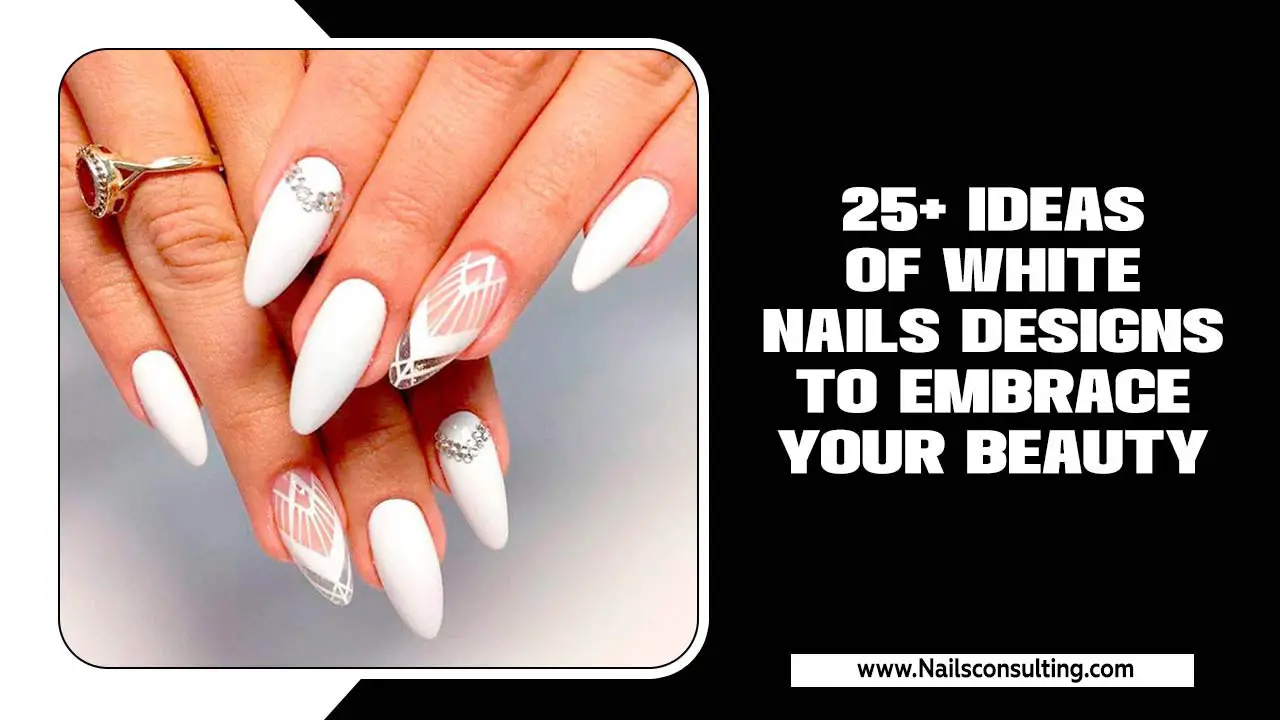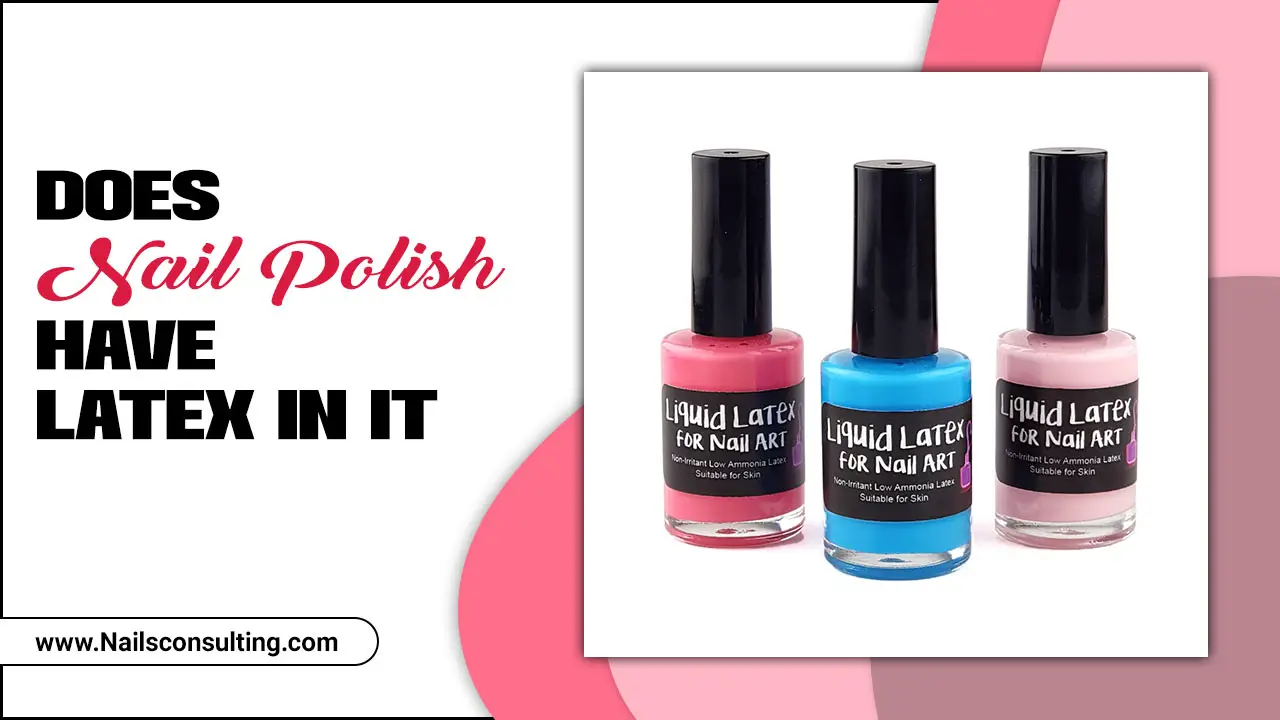Choosing the perfect nail polish color is essential for complementing your skin tone, outfit, and personal style. This guide simplifies the process by breaking down color theory, considering the occasion, and highlighting popular shades for every preference, ensuring you always find a flattering hue.
Picking out a nail polish color can sometimes feel like a puzzle, right? You stare at that wall of gorgeous bottles, and suddenly, all the colors start to blend together. What looks amazing on someone else might not quite hit the mark on your own nails. It’s a common beauty conundrum, but don’t worry! With a few simple tips and a little understanding, you’ll be confidently selecting shades that make your hands shine. We’re going to dive into how to choose nail polish colors like a pro, making your next mani a total success. Get ready to discover your new go-to shades!
How to Choose Nail Polish Colors: Your Essential Guide
Welcome to the wonderful world of nail polish! Choosing the right color can feel overwhelming with so many options. But fear not! This guide will walk you through everything you need to know. We’ll explore how your skin tone plays a role, how to pick shades for different occasions, and even touch on the basic color theory that makes certain colors pop.
Understanding Your Skin Tone: The Foundation of Color Choice
This is arguably the most important step! Certain nail polish colors will look more harmonious with your natural skin tone than others. The key here is undertones. Do you have cool, warm, or neutral undertones?
Identifying Your Undertones
This is easier than you think! Try these simple tests:
- The Vein Test: Look at the veins on your wrist in natural light. If they appear blue or purple, you likely have cool undertones. If they look more greenish, you’re probably warm-toned. If you see a mix of both blue and green, you’re likely neutral.
- The Jewelry Test: Do you look better in silver jewelry (cool tones) or gold jewelry (warm tones)? If silver flatters you more, lean towards cool. If gold is your friend, lean towards warm. If both look great, you’re neutral.
- Natural Hair and Eye Color: While not foolproof, often people with cool undertones have ash blonde, brown, or black hair with blue, grey, or cool blue eyes. Warm undertones are often linked to golden blonde, red, or brown hair with brown, hazel, or warm green eyes.
Colors for Cool Undertones
If you have cool undertones, you’ll shine in colors that have a blue or violet base. Think of shades that have been “cooled down.”
- Blues: From icy blues to deep navy, cobalt, and periwinkle.
- Pinks: Bright fuchsia, bubblegum pink, rose pink, and soft baby pinks.
- Purples: Lilac, lavender, deep plum, and violet.
- Reds: Blue-based reds like cherry or ruby red.
- Neutrals: Icy whites, cool-toned greys, and stark white.
- Metallics: Silver, platinum, and cool-toned rose gold.
Colors for Warm Undertones
Those with warm undertones will look fantastic in colors with yellow, orange, or red bases. These shades often have a “golden” warmth to them.
- Reds: Orange-reds, coral, brick red, and warm berry tones.
- Oranges: Peach, apricot, burnt orange, and terracotta.
- Yellows: Mustard yellow, golden yellow, and warm beige.
- Pinks: Coral pink, peachy pink, and warmer rose shades.
- Greens: Olive green, emerald green, and forest green.
- Neutrals: Cream, beige, tan, and warm browns.
- Metallics: Gold, antique gold, and bronze.
Colors for Neutral Undertones
Lucky you! If you have neutral undertones, you can wear almost any color. This means you have the widest range of options. You can experiment freely and often borrow from both the cool and warm palettes.
- Versatile Shades: Many shades will work beautifully. You might find that medium tones and more muted colors are particularly flattering, but don’t be afraid to try anything!
- Experimentation is Key: Try shades meant for both cool and warm undertones to see what you love most.
A great resource for understanding color and skin tone can be found through aesthetic resources, often discussed in platforms that detail skincare and makeup artistry, like those found on university extensions or professional beauty associations.
Considering the Occasion: Dressing Your Nails
Just like you wouldn’t wear a ball gown to the gym, your nail color can also be suited to the occasion. Thinking about where you’re going or what you’re doing can help narrow down your choices.
Professional Settings & Everyday Wear
For the workplace or more formal environments, it’s often best to stick with subtle, classic, and sophisticated shades. These colors are timeless and convey a polished, professional image.
- Nudes and Neutrals: Always a safe and chic choice. Look for shades that match or are a few shades lighter/darker than your skin tone.
- Soft Pinks: Delicate, sheer, or milky pinks offer a clean and feminine look.
- Pale Greys: A modern alternative to traditional neutrals.
- Classic Reds: A deep, true red or a sophisticated berry can be power colors and work well if your workplace culture is more relaxed.
- Sheer Polishes: These give a subtle sheen and make nails look healthy without a lot of color.
The goal here is to look put-together without being distracting. A well-manicured nail in a classic shade speaks volumes.
Special Events & Going Out
This is where you can have more fun! Special occasions are the perfect time to experiment with bolder colors, glitz, and glamour. Let your personality shine!
- Bold Reds and Deep Berries: For a touch of glamour and sexiness.
- Brights: Think vibrant corals, electric blues, and sunny yellows for a fun, festive vibe.
- Metallics: Gold, silver, rose gold, or even bronze can add instant sparkle.
- Glitter and Shimmer: Perfect for parties, holidays, or when you just want to add some pizzazz.
- Dark and Moody: Deep purples, forest greens, or even black can be incredibly chic and sophisticated for an evening event.
Seasonal Choices
Many people love to match their nail polish to the season. It’s a fun way to embrace the changing times and trends.
- Spring: Pastels, soft florals, light peaches, mint green, baby blue, and coral.
- Summer: Brights, neons, vibrant blues, tropical colors, hot pinks, and whites.
- Fall: Deep reds, burnt oranges, mustard yellows, olive greens, browns, and warm berry tones.
- Winter: Deep jewel tones, metallics (gold, silver), deep blues, forest greens, classic reds, and even black.
Exploring Color Theory Basics for Nail Polish
You don’t need a degree in art, but understanding a few basic color theory principles can help you choose complementary colors and understand why some pairings just work!
Complementary Colors
Complementary colors are opposite each other on the color wheel. When placed next to each other, they create a strong contrast that makes both colors appear more vibrant. For nails, this can mean a bold, eye-catching look.
- Red & Green
- Blue & Orange
- Yellow & Purple
While you might not paint one nail red and the opposite green, understanding this can help you choose shades that will pop, like an orange-red against a jade green, or a cobalt blue against a fiery orange polish.
Analogous Colors
These are colors that are next to each other on the color wheel. They create a harmonious and pleasing look. Think of a gradient or a monochromatic-adjacent scheme.
- Yellow, Yellow-Orange, Orange
- Blue, Blue-Green, Green
- Red, Red-Violet, Violet
An analogous palette can be beautiful for a subtle, chic manicure, like choosing a spectrum of blues from sky to navy, or a collection of warm, earthy tones.
Monochromatic Look
This involves using different shades, tints, and tones of a single color. It’s a foolproof way to create a sophisticated and cohesive nail art look.
- Example: Varying shades of pink, from a light blush to a deep rose, and even a hint of fuchsia.
Popular Nail Polish Shades & How to Wear Them
Certain nail polish colors have stood the test of time. Let’s look at some classics and how you can make them work for you.
The Classic Red
A true red is universally flattering and a symbol of confidence. The key is finding the right undertone for your skin.
- Cool Undertones: Opt for blue-based reds (like cherry or ruby).
- Warm Undertones: Go for orange-based reds (like coral-red or brick red).
- Occasion: From a power meeting to a romantic date night, red is always appropriate and makes a statement.
The Chic Nude
Nude polish is all about creating a clean, polished, and elongating effect. The goal is to find a shade that’s close to your natural skin tone.
- Fair Skin: Look for pale beige, soft pinky-nudes, or milky whites.
- Medium Skin: Peachy nudes, caramel shades, and warmer beiges work well.
- Deep Skin: Rich chocolates, deep caramels, and warm browns are stunning.
- Occasion: Perfect for everyday wear, professional settings, and anytime you want a minimalist, elegant look.
Finding your perfect nude might take some trial and error, but when you do, it’s like finding a hidden gem!
The Versatile Pink
Pink comes in so many shades, it’s practically impossible not to find one you love. From soft baby pink to vibrant hot pink, there’s a pink for everyone.
- Cool Undertones: Bubblegum pink, fuchsia, and cool-toned rose.
- Warm Undertones: Coral pink, peachy pink, and warmer rose shades.
- Occasion: From playful and feminine to chic and sophisticated, pink can do it all.
The Mysterious Dark Shade (Navy, Deep Green, Burgundy, Black)
Don’t shy away from the dark side! Deep, rich colors can be incredibly sophisticated and trendy.
- Universally Flattering: Deep jewel tones like burgundy, emerald green, and navy are often very forgiving and look good on a wide range of skin tones.
- Black: A bold choice that is chic and edgy.
- Occasion: These shades are perfect for fall and winter, evening events, or when you want to add a touch of drama to your look.
Beyond Skin Tone: Other Factors to Consider
While skin tone is key, other elements can help you in your color selection journey.
Your Outfit Color
Sometimes, the easiest way to pick a nail polish is to coordinate with your outfit! You can:
- Match: Pick a polish that is the exact same color as an element in your outfit.
- Complement: Choose a color that is complementary to a dominant color in your outfit (e.g., blue nails with a yellow dress).
- Contrast: Select a bold, contrasting color to make your nails stand out against a more muted outfit.
- Neutralize: If your outfit is very busy or colorful, a neutral nail color can provide a calm balance.
Your Personal Style
Ultimately, the best nail polish color is one that makes YOU feel amazing! Don’t be afraid to experiment with trends or go with what feels authentic to your personal style, whether that’s classic, edgy, bohemian, or minimalist.
Current Nail Trends
Keeping an eye on nail trends can be fun, but don’t feel pressure to follow them rigidly. Some current trends include:
- “Clean Girl” Aesthetic: Sheer, milky polishes, soft neutrals, and subtle French manicures.
- Chrome and Metallic Finishes: Silver, gold, and iridescent finishes remain popular.
- Bold Nail Art: Geometric patterns, abstract designs, and vibrant color blocking.
- “Lip Gloss” Nails: Ultra-glossy, sheer shades that mimic the look of lip gloss.
For inspiration, you can check out reputable beauty magazines or trend forecasting sites focused on fashion and beauty.
The Table: A Quick Reference Guide
Here’s a handy table to help you quickly reference color choices based on skin tone undertones.
| Skin Tone Undertone | Best Color Families | Specific Examples | Occasion Suitability |
|---|---|---|---|
| Cool | Blues, Pinks, Purples, Blue-based Reds, Silvers | Icy blue, Fuchsia, Lavender, Cherry Red, Sterling Silver | Everyday, Profressional, Evening, Festive |
| Warm | Oranges, Yellows, Green-based Reds, Earth Tones, Golds | Peach, Mustard Yellow, Coral Red, Terracotta, Gold | Everyday, Casual, Summer, Fall |
| Neutral | All families, adaptable | Most shades will work; medium and muted tones often shine | Any occasion |
Experimenting with Finish and Texture
Beyond color, the finish of your polish also impacts the final look. Consider these:
- Cream: Opaque, high-shine. The most common finish.
- Matte: No shine, can create a sophisticated, velvety look.
- Shimmer: Contains fine particles that add a subtle glow.
- Glitter: Contains larger glitter particles for maximum sparkle.
- Metallic: High shine with a reflective, metallic effect.
- Jelly/Sheer: Translucent and buildable, creating a stained-glass effect.
A matte finish in a deep red can look incredibly chic, while a jelly pink can be perfect for a light, playful feel.
Tools for Success: Making Your Choice Easier
While choosing the color is the fun part, a few tools can help you make the best decision and apply your polish flawlessly.
- Nail Polish Swatches: Many brands offer small plastic tips with the polish color applied, so you can see the true shade. You can also buy plain swatch sticks to paint your own collection on for easy reference.
- Light Source: Always choose your polish in natural daylight if possible, as artificial lighting can distort colors.
- Mirror: Use a mirror to see how the color looks against your skin tone.
- Online Color Palettes: Websites often have virtual try-on tools or swatches on various skin tones that can offer guidance.
If you’re unsure, consider using an app that can digitally try on nail polish colors, many beauty retailers offer these on their websites.
Frequently Asked Questions (FAQ)
Q1: What is the easiest nail polish color for beginners to use?
A: For beginners, neutral shades like nudes, soft pinks, and light greys are the easiest to wear and maintain. They are forgiving of minor imperfections and suit most skin tones and occasions.
Q2: Should my nail polish match my lipstick?
A: Not necessarily! While coordinating can look polished, it’s not a strict rule. Many fashion experts suggest having your nail color complement your outfit rather than matching your lipstick. A neutral nail color is always a safe bet if you’re unsure.
Q3: How do I pick a nail polish color for fair skin?
A: For fair skin, opting for colors with blue or pink undertones usually looks best. Think pastels, soft pinks, cool-toned reds, blues, and nudes that are close to



